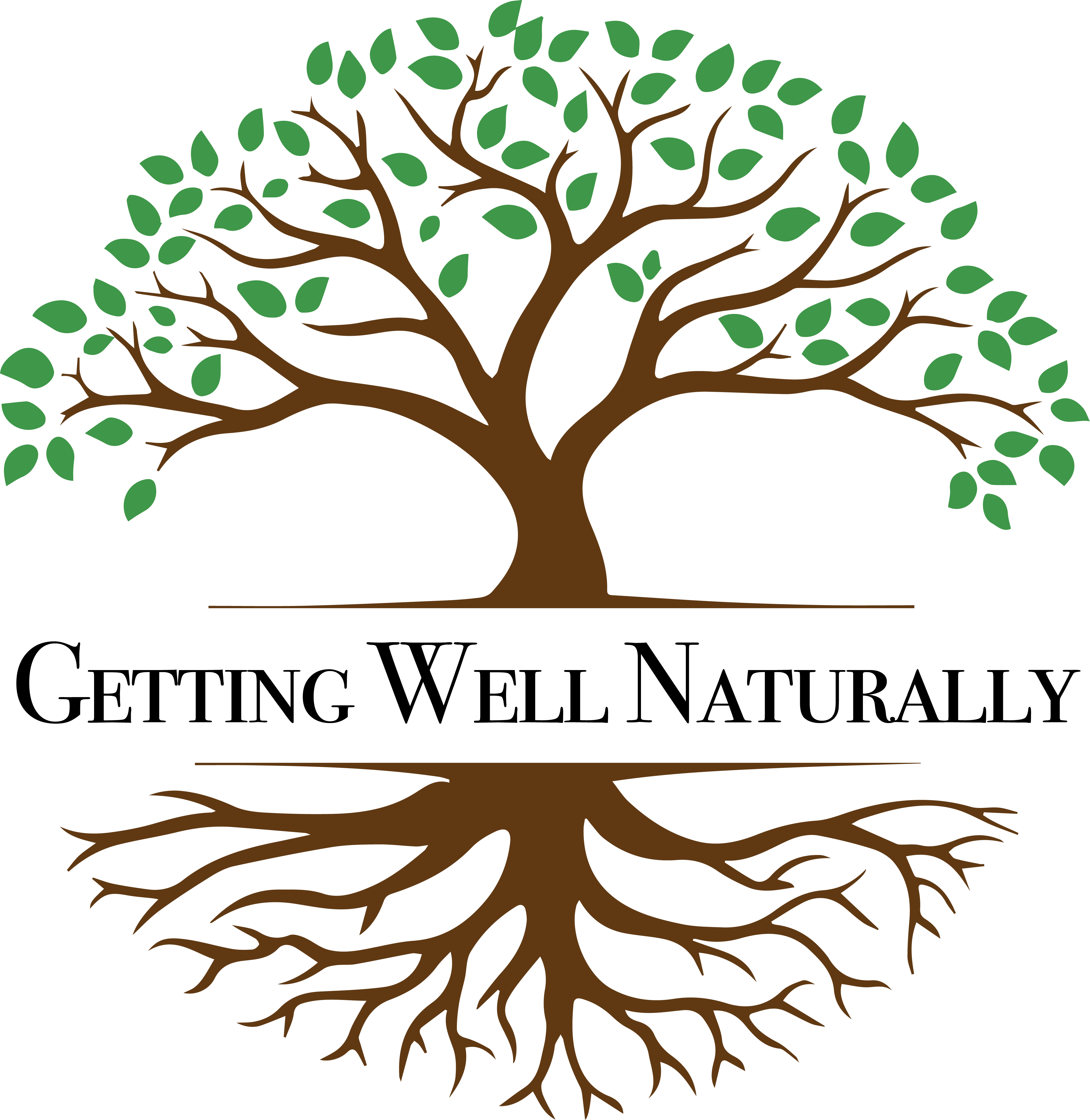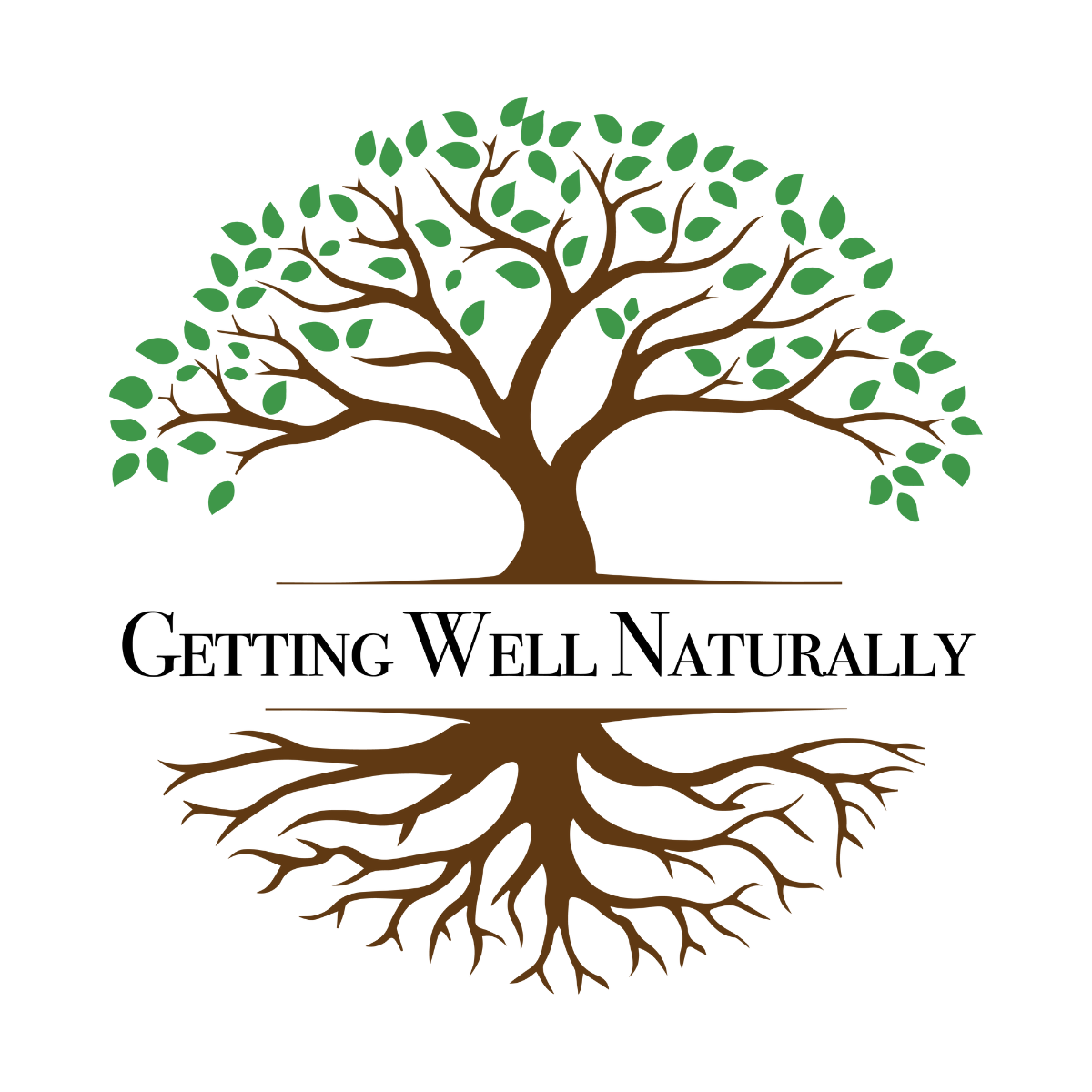What is Fasting?
Fasting is the act of abstaining from food and / or water for a specified amount of time. It’s been used throughout history in many religions, including Judaism, Islam, Hinduism, and Christianity. It’s one of the oldest principles taught and practiced in both the Old and New Testaments, and can be used to promote spiritual and physical health.
Types of Fasting for Spiritual Health
Fasting for spiritual health is a physical demonstration of Matthew 4:4, “But he answered, “It is written, “‘Man shall not live by bread alone, but by every word that comes from the mouth of God.'”’ There are many types of Biblical fasts mentioned in scripture, and their purpose is to bring the person closer to God and strengthen the relationship. Here are some of the basic types of fasts mentioned in the Bible:
- 40 Day Complete Fast: Moses (Exodus 34) and Jesus (Matthew 4) both give us examples of this fast. They had no food or water for 40 days. This is an extreme example of fasting, so please remember to use caution when fasting for more than 24 hours.
- Complete Fast: This type of fast is the one most commonly found in scripture. The length of this fast could last from part of the day to several days or weeks.
- Partial Fast: with this type of Biblical fast, one abstains from certain foods or drinks during the fasting period. This fast can vary in duration, with the most common duration being 3 days. Other fasting lengths include 10, 14, 21, 30 and 40 days.
- Group Fasting: this type is when people of a group decide to fast together. They don’t necessarily fast from the same thing, but for the same purpose. These can be any duration or type.
Types of Fasting for Physical Health
The second purpose of fasting is for physical health, which is most commonly done using intermittent fasting. Intermittent fasting is an alternating cycle of eating and not eating. There are many ways to do this, so let’s talk about the differences between each one.
- Time-Restricted Fasting: this type of intermittent fasting requires you to choose an eating window for every day, ideally having a 14 hour (for women) or 16 hour (for men) fasting period.
- Overnight Fasting: this is the simplest type of intermittent fasting. It requires a 12 hour overnight fasting period. For example, you could stop eating at 8 p.m. and resume eating with breakfast the following morning at 8 a.m.
- Eat-Stop-Eat: this type of intermittent fasting was coined by Brad Pilon in his book Eat Stop Eat: The Shocking Truth That Makes Weight Loss Simple Again. This approach works by completing two 24-hour fasts within a week. You can fast any two days of the week you want, but the idea is to not binge once you start eating again.
- One Meal A Day (Whole Day): this method of intermittent fasting involves eating only one meal per day. It’s important to watch how your body responds to this approach because it can be extremely difficult to get in all the body’s essential nutrients with just one meal. This might not be the best option to do every day.
- Choose Your Day: this type of intermittent fasting gives you a little bit more freedom to choose what you want to do. You could do the time restricted fasting every other day, or one to two times a week. This approach emphasizes flexibility and can be customized to fit your schedule.
- Alternate-Day Fasting: this method involves fasting every other day. To do this, you’ll eat about 25% of your calorie needs on fasting days, and eat normally on non-fasting days.
- 5:2 Fasting: the idea behind this method is to eat normally for 5 days, and then eat 500 calories (for men) or 600 calories (for women) the other 2 days. You can choose the days you want to fast.
As you can see, there are so many ways to implement fasting into your daily routine. You can choose which fasting method would work best for your body, schedule, and health goals.
Fasting: Myth vs. Fact
Unfortunately, there are a lot of misconceptions surrounding fasting and the effects it has on the body. Dr. Jason Fung addresses some of these myths in an interview on the YouTube channel Morphus. It can have a negative connotation for people who may not know exactly how it works. Let’s talk about some common fasting myths and why they’re wrong.
Myth: Fasting is Starvation
It’s easy to see why fasting could be viewed as starving the body. After all, the whole point of fasting is to abstain from food. Many people think that depriving the body of food will cause it to shut down and go into ‘starvation mode,’ but that couldn’t be farther from the truth.
The fact is, when you’re fasting, your body utilizes something called metabolic switching. This is when your body switches from burning sugar for energy to burning fat for energy. When you’re eating regularly and taking in more calories than your body needs, those calories and sugars are stored as fat. After you’ve finished eating and don’t eat for several hours consecutively, your body will signal for the stored energy to be released, burning fat.
Myth: The Body Runs on Calories
This one can throw people for a loop. Yes, our bodies use calories as a source of energy, but they’re NOT what makes our bodies function the way they do.
Hormones play a much larger role in keeping the body running than calories do. We can see this when we observe how the body reacts to ghrelin, also known as the ‘hunger hormone.’ Ghrelin is a hormone produced in the gastrointestinal tract and is responsible for increasing the body’s drive to eat.
Ghrelin will start to increase around the time that the body is used to eating, and that’s what makes the body feel hungry. However, if you can ignore the ‘hunger’ for about 90 minutes, your ghrelin will level out and the hunger will dissipate – as if you just ate a meal.
Myth: Fasting Will Make You Lose Muscle Mass
This is a common misconception. Many people think that if they’re not taking in enough calories, the body will start to eat away at muscle for energy. However, muscle is NOT an energy source.
What the body actually does during fasting is clean house, which includes breaking down proteins in the blood. Excess protein can get into the blood as a result of illness or disease, and other proteins are broken down in order to be reused in different parts of the body. Muscle is a functional tissue and not an energy source, so muscle proteins will not be affected.
Benefits of Fasting for Women
Taking a break from food can initiate the body’s natural healing process and allow it to rest. There are also so many benefits that come with it, including:
- metabolic switching (when the metabolism switches from burning sugar to burning fat)
- weight loss
- clear mind
- improved cognitive ability
- reduction of inflammation
- increased energy
- deeper, more restful sleep
- reparation of the immune system
- anti-aging effects
- increased production of growth hormone
- reset of the dopamine pathways
- improved microbiome
In this article by Today’s Practitioner, they discuss a study done by researchers from the University of Illinois Chicago that followed a group of pre-menopausal and post-menopausal obese women. These women were given a time-restricted eating window of 4 or 6 hours, during which they ate without counting calories. They then went on a water fast until the next day.
They followed this protocol for 8 weeks, and at the end of the study, these women were found to have a 3-4% decrease in weight, a decrease in insulin resistance, and a decrease in oxidative stress.
Key Principles of Fasting for Women
Women’s bodies are very different from their male counterparts, and this has an effect on what fasting can do for their bodies. Women’s hormones run on a monthly cycle, so they’re at different levels at different times of the month. This is important to be aware of because this affects when women should fast, the duration of their fast, and the foods they should eat during their eating windows.
The Fasting Cycle
Mindy Pelz, the author of Fast Like a Girl, states in an interview with Sarah Ann Macklinn that there are 3 phases to the menstrual cycle: the Power, Manifestation, and Nurture phases. Each of these phases has different needs, so doing the same thing every day, all month long won’t work the way you might think it will. It’s important to understand the ebbing and flowing needs of women’s bodies in order to make progress in your wellness journey.
The Power Phase
The Power Phase is the first phase. This includes what is commonly called menstruation and part of the follicular phase. This is the first 10 days of your cycle, when estrogen is the lowest and starts to rise very quickly. During this phase the optimal fasting lengths are 13 to 72 hours. These fasts help the body to reach autophagy (when the body disposes of aged and diseased cells) and ketosis (when the body burns fat for energy instead of glucose).
Pelz explains that during this phase is when women’s energy starts to skyrocket. After the first few days is when the body wants to “power up.” Having good nutrition and exercise comes more easily, and women can often handle a lot more on their plate. This is the time to schedule those big meetings, take on more projects, and get consistent in your exercise.
For nutrition, the best eating style for the Power Phase is ketobiotic. This means you should be getting no more than 50 grams of carbs and no more than 70 grams of lean protein per day. More than 60% of your nutrition should be coming from healthy fats, which include:
- extra virgin olive oil
- extra virgin coconut oil
- avocado oil
- palm oil
- beef tallow
- ghee or clarified butter
- eggs
- dark chocolate
- mercury-free salmon, trout, and sardines
- almonds & walnuts
- full-fat yogurt
- avocados
The Manifestation Phase
The next phase is The Manifestation Phase. This includes the last bit of the follicular phase and ovulation. Pelz says this phase takes place during days 11-15, and is when estrogen and testosterone are at their peaks. There’s also a little bit of progesterone in the mix to help provide calmness and stability. During this time, it’s optimal to fast for 15 hours or less. This is to allow you to eat foods that will support the gut and the liver.
During this phase is when women are at their strongest mentally and physically. This phase paves a road for high creativity and motivation. Your performance will be at its peak, so this is your time to shine! Go ahead and launch that new business campaign, crush those work projects, or hit your new personal record in the gym!
For nutrition, this would be the optimal time to chow down on hormone feasting foods. These include:
- potatoes (red, russet, yukon gold, purple, new)
- sweet potato & yams
- squash
- lentils & black beans
- citrus fruits (oranges, lemons, limes, grapefruit)
- tropical fruits (bananas. mangoes, papaya)
- blueberries, raspberries & boysenberries
- pumpkin seeds
- wild rice, brown rice & quinoa
Pelz recommends eating no more than 150 grams of carbs and 50 grams of protein per day during this phase. You can consume healthy fats as desired.
Back to the Power Phase
During days 16-19 we actually go back into The Power Phase. This is after ovulation, so this phase is part of what is traditionally called the luteal phase. Another dip in hormones occurs here for about 4 days.
During this second power phase, Pelz explains that you can go back into that ketobiotic eating style and have longer fasts. Days 16, 17, and 18 are the best days to do this.
Day 19 is when the progesterone starts to build again. This is when the body needs a rise in glucose, so carbs are very important here. This helps the body transition into the next phase.
The Nurture Phase

This phase is called The Nurture Phase. It starts on day 20 and lasts through the first day of menstruation. During this time is when progesterone is at its peak. The biggest need for women’s bodies during this stage is slowness and nutritious food. Women shouldn’t be fasting at all during this time, and should instead focus on reducing cortisol (the main stress hormone).
Self-care should be the priority during this phase. This is the time to relax, practice stress management, and get more rest. You can do things like get a massage, take a hot bath, or do some yoga. These are great activities to help relieve tension and decrease stress in the body.
For nutrition during this phase, hormone feasting foods are essential. Like we discussed in The Manifestation Phase, foods like potatoes, squash, brown rice, and dark chocolate are wonderful foods to nourish the body at this point in your cycle.
To Sum It All Up
Although it’s common to see a lot of misconception surrounding fasting, it’s proven to have many amazing benefits – especially for women!
Utilizing different fasting methods according to a woman’s monthly cycles can lead to increased energy, improved cognitive ability, effective weight loss, and better overall health. It’s important for women to understand their bodies in order to nourish it effectively and get the most out of life.
This information was gathered by Holistic Health & Wellness Coach, Rachel Wall. Rachel runs several in-person healthy lifestyle support groups for women, and teaches Biblically based principles to care for the body, soul, and spirit. If you’d like to learn more about how to be the best version of yourself, you can view the flyer here or reach out to her at wall.rachel@proton.me.










